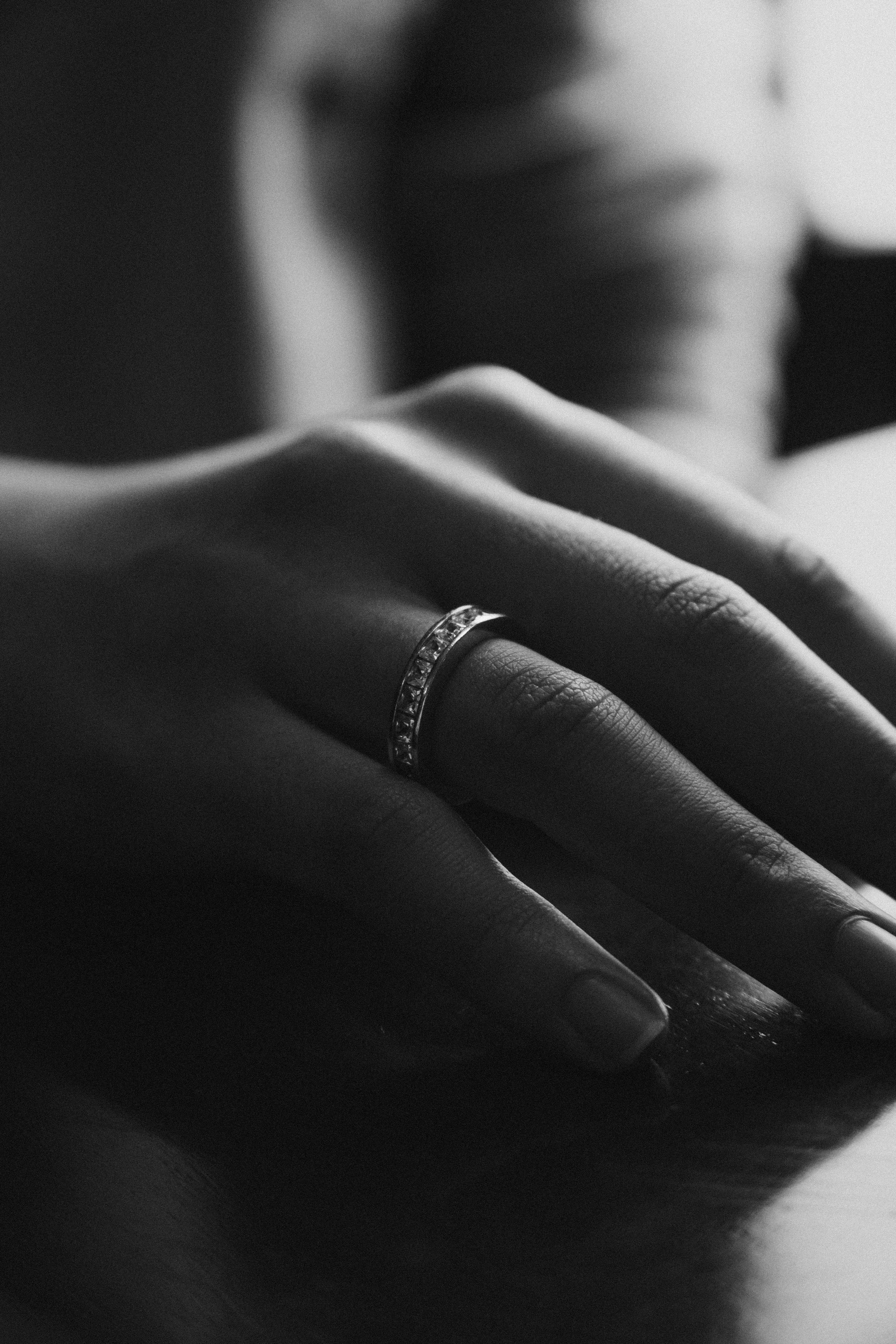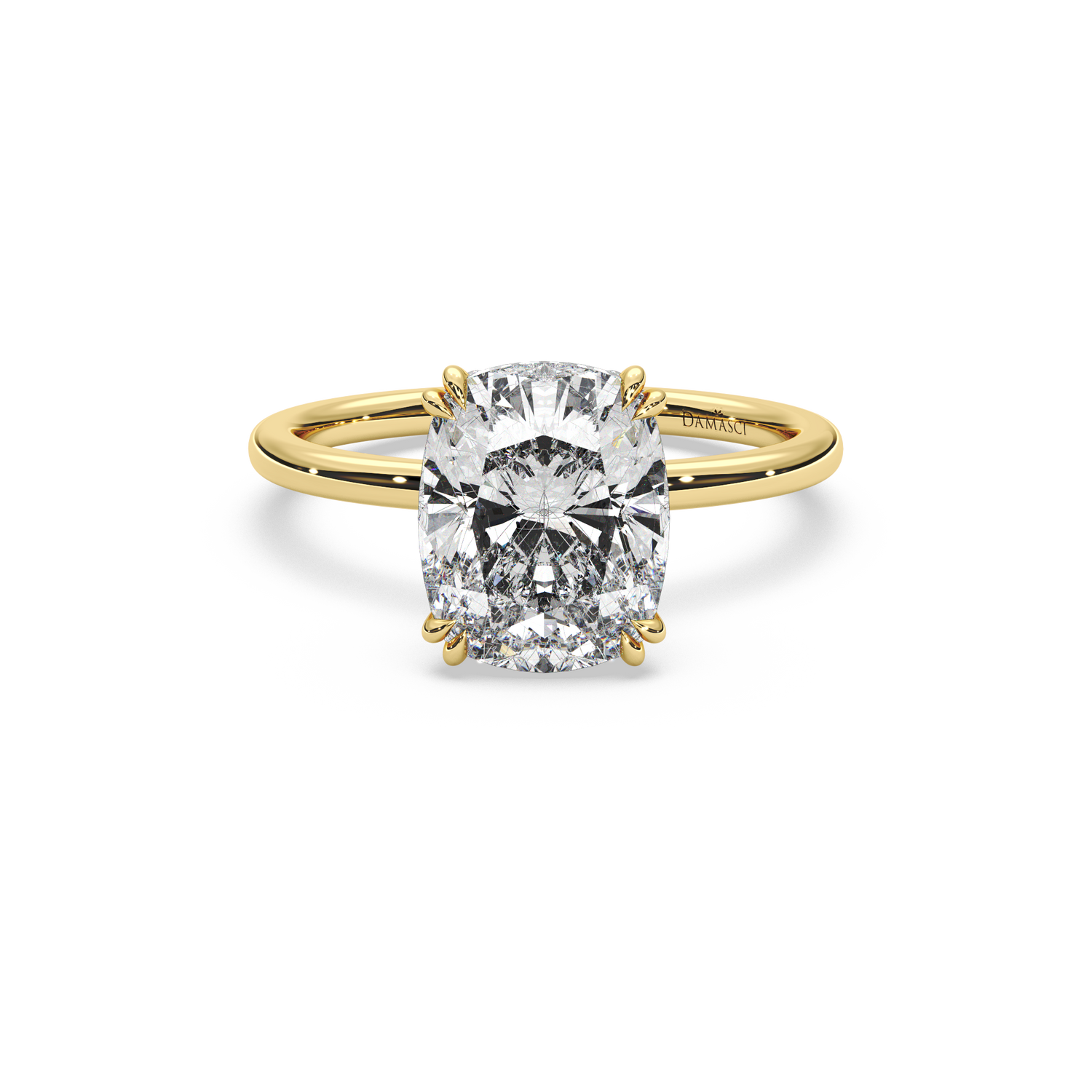
Discover Our Latest Engagement Rings: Crafted in Toronto with 30 Years of Mastery
Explore Damasci’s newest engagement ring designs — handcrafted in Toronto with over 30 years of expertise. Each ring is custom-made to fit your diamond and hand, and backed by our...
















